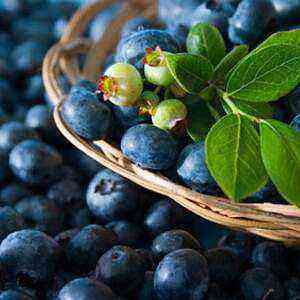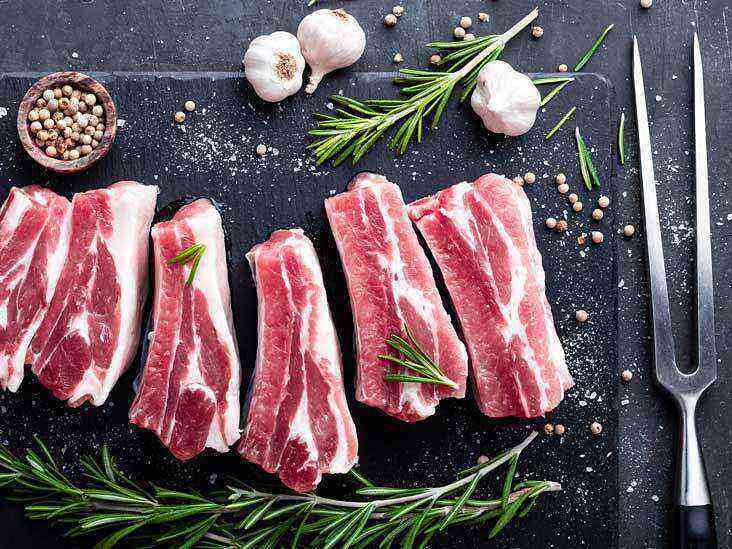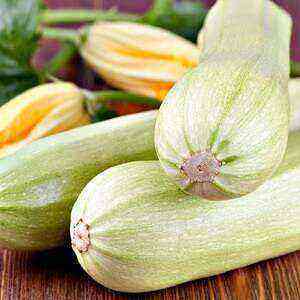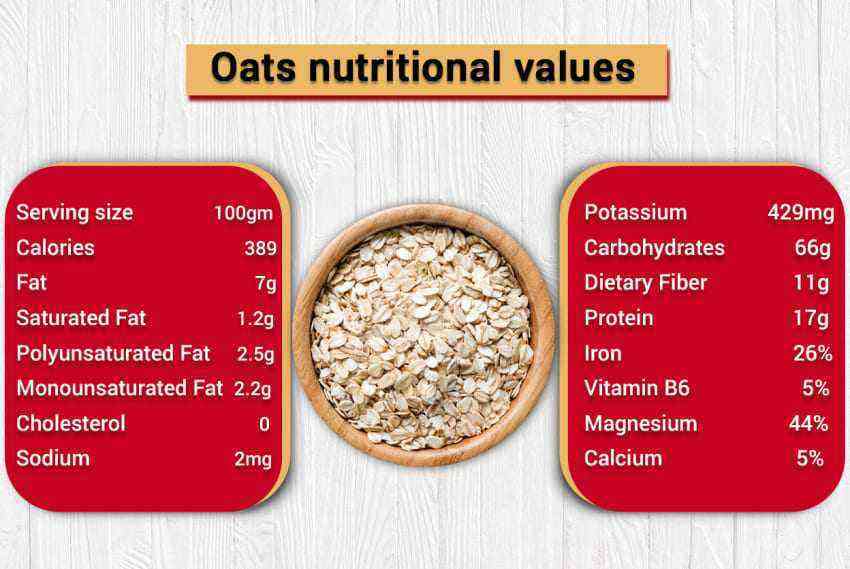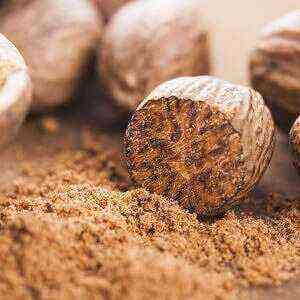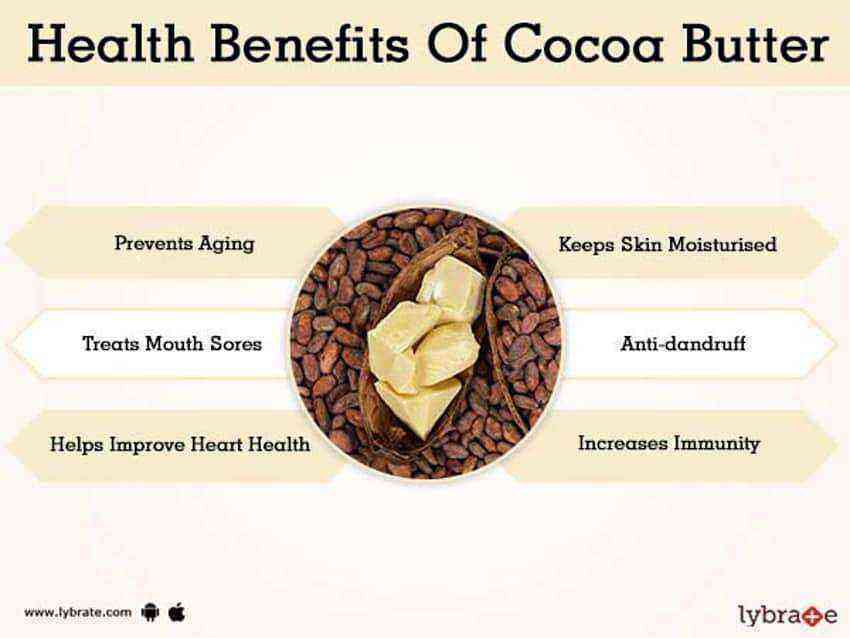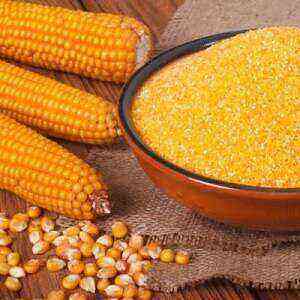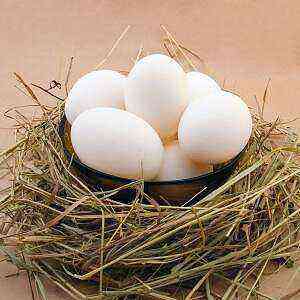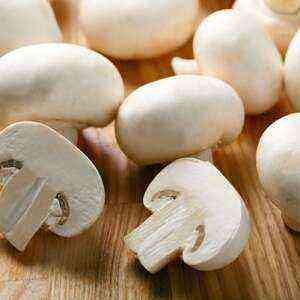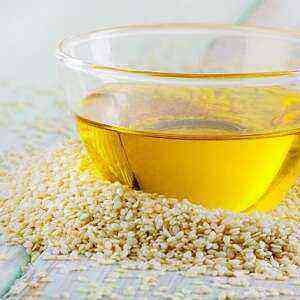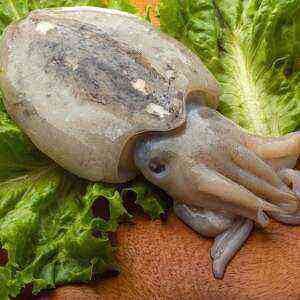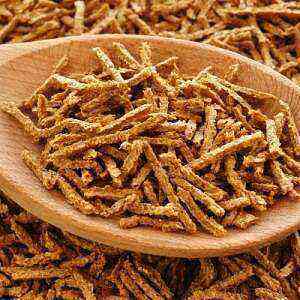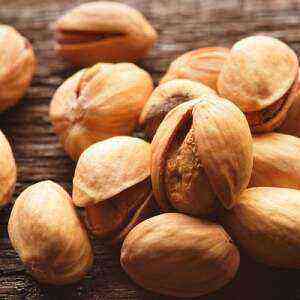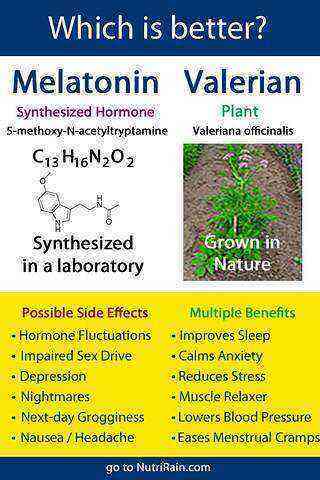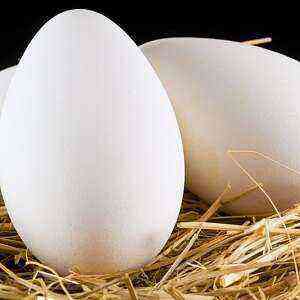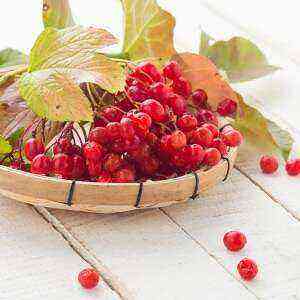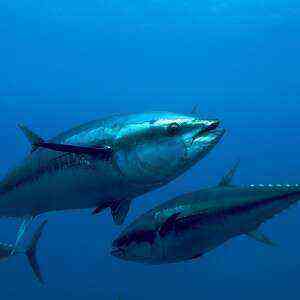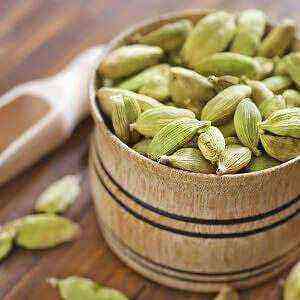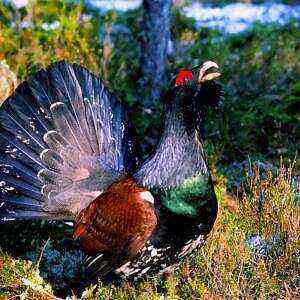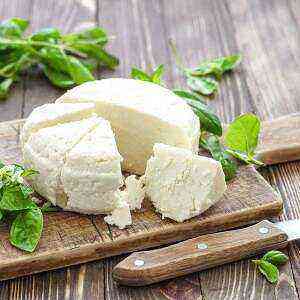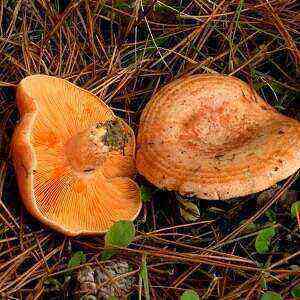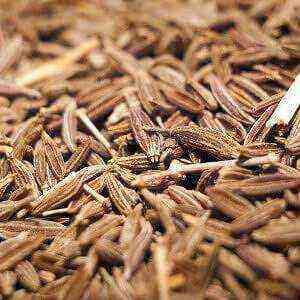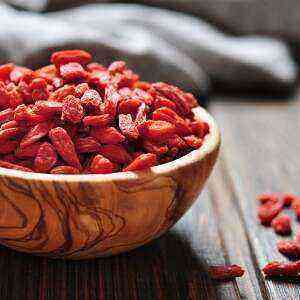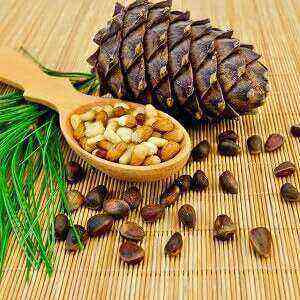
These mighty Siberian trees grow up to 50 m and live up to 300 years or more. From one such cedar, you can collect 10-12 kg of cones, each of which contains up to 150 nuts. One cone ripens for about 15 months.
From the seeds of cedar pine cones, aromatic and useful cedar oil is squeezed out, which is the most expensive of all types of oils in the world. This is due to the high consumption of raw materials for its production. To get a liter of pine nut oil, you need about 3 kg of peeled nuts.
Chemical composition
The kernels of Siberian cedar pine cones contain many chemical compounds that are involved in all metabolic processes in the human body: in the exchange of proteins, lipids, carbohydrates, electrolytes.
100 g of peeled pine nuts contains 68,37 g of fat, 13,69 g of protein and 9,38 g of carbohydrates .… Cedar seed proteins are easily digestible. They are composed of 19 of 26 known amino acids, including essential (essential): tryptophan, phenylalanine, valine, lysine, methionine, threonine, isoleucine, leucine, arginine, histidine farmer-online.com.
The carbohydrate composition of cedar pine seeds is represented by monosaccharides (glucose, fructose) and polysaccharides (sucrose, pentosan, dextrin, fiber and starch).
The fatty substances of cedar oil are predominantly unsaturated fatty acids (FAs). Cedar pine seed fats are the sources of the fat-soluble vitamins A, E and K that are contained in them, and also contribute to their better absorption in the human gastrointestinal tract.
Fat composition
Name
Content, g per 100 g of product .
Saturated FAs 4,899 Monounsaturated FAs 18,764 Polyunsaturated FAs 34,071 Cholesterol 0
By the amount of protein, pine nuts are not inferior to duck meat, beef liver and heart, as well as many types of fish.
The vitamin composition of these nuts is rich: they contain both fat-soluble and water-soluble vitamins.
Vitamin composition
Name
Content, mg per 100 g of product .
Vitamin A (retinol) 0,001 Vitamin E (alpha-tocopherol) 9,3 Vitamin K (phylloquinone) 0,054 Vitamin B1 (thiamine) 0,4 Vitamin B2 (riboflavin) 0,2 Vitamin B3 (niacin) 4,4 Vitamin B5 acid) 0,3 Vitamin B6 (pyridoxine) 0,1 Vitamin B9 (folic acid) 0,034 Vitamin C (ascorbic acid) 0,8
Nuts contain many useful minerals, without which the normal functioning of the body is impossible, including the following:
- macronutrients: sodium, potassium, chlorine, sulfur, calcium, magnesium, phosphorus;
- trace elements: zinc, iron, copper, manganese, silicon, vanadium, molybdenum, iodine, nickel, tin, boron, titanium, silver, cobalt.
Significant Minerals
Name
Content, mg per 100 g of product .
Калий
597
Фосфор
575
Магний
251
Кальций
16,0
Цинк
6,5
Железо
5,5
Pine nuts are high in calories:
- 100 g of dried raw materials without shell contains 673 kcal .;
- in 100 g of kernel meal (after pressing cedar nut oil from them) – 432 kcal farmer-online.com.
Useful Properties

For the heart and blood vessels
Fatty acids in nuts bind cholesterol in the intestines, preventing it from being absorbed in large volumes. In the blood, they form complexes with this fat-like substance, excreting it with bile acids in the bile. Thus, with regular consumption of pine nuts in food, the level of cholesterol in the blood decreases.
In addition to hypocholesterolemic action, pine nuts ..:
- increases the elasticity of blood vessels;
- normalizes the conduction of nerve impulses along the cardiac conduction system;
- promotes the expansion of peripheral arteries, which has a hypotensive effect;
- improves microcirculation in tissues;
- reduces capillary permeability;
- has antioxidant properties.
For blood and immunity
Saturating the blood with vitamins, macro- and microelements, cedar pine seeds when taken orally ..:
- have antianemic effect;
- exhibit an immunostimulating effect;
- increase the body’s resistance to infections;
- improve blood clotting.
For metabolism
Biologically active compounds of pine nuts improve metabolic processes in the body, including:
- participate in the synthesis of steroid hormones;
- have a hypoglycemic effect;
- stimulate the production of thyroid hormones;
- promote the synthesis of antiallergic factors;
- normalize disturbed purine metabolism.
For the nervous system and senses

- restore the myelin sheath of nerves;
- normalize the blood supply to the brain;
- improve the conductivity of nerve impulses;
- increase visual acuity;
- promote restful sleep;
- accelerate the reaction and improve mental performance.
For the digestive system
The properties of seeds of Siberian cedar useful for the digestive system include:
- enveloping;
- astringent;
- hypoacid (acid lowering);
- normalizing intestinal peristalsis;
- absorbent;
- choleretic;
- antiseptic;
- anti-inflammatory.
For skin and mucous membranes
The use of cedar pine seeds improves the condition of mucous membranes and skin, providing many useful actions:
- wound healing;
- regenerating;
- increases elasticity;
- moisturizing;
- anti-inflammatory.
For reproductive system

- relieve local inflammation in the genitals (ovaries, fallopian tubes, prostate gland);
- prevent degeneration and hyperplasia of glandular cells;
- contribute to normal spermatogenesis and oogenesis;
- improve blood flow to the genitals, which affects sensitivity and erectile function.
For the musculoskeletal system
Pine nuts are useful for the musculoskeletal system during periods of intensive growth and development, that is, during childhood, during childbearing and breastfeeding, as well as during recovery from injuries and operations. Nutritive substances contribute to:
- the growth of bones and teeth;
- muscle contraction;
- maintaining the elasticity of cartilage, tendons and ligaments;
- increase physical stamina.
Cedar pine seeds have the ability to stimulate the production of the hormone cholecystokinin, which induces feelings of fullness ..… This property of nuts is successfully used in dietary nutrition.
In the human body, melatonin, a hormone responsible for healthy sleep, is synthesized from the essential amino acid tryptophan contained in the nuclei of these cones. ...
The husk of Siberian pine cones contains a high concentration of tannins, so it also has many beneficial properties. .:
- astringent;
- anti-inflammatory;
- antiseptic;
- antimicrobial;
- weak painkillers;
- decongestant
These properties are often used by traditional healers in the treatment of inflammatory diseases of the digestive tract.
Possible harm
Pine nuts can only be eaten in strictly limited quantities. Their high calorie content in addition to their regular diet can lead to obesity. To avoid such consequences, with the regular use of these nuts, it is necessary to control the calorie content of the menu.
Cedar seeds, which are already purchased in a purified form, can be harmful to health. Large amounts of unsaturated fats and fat-soluble vitamins react with oxygen and are easily oxidized. Rancid fat in nuts is not only unpleasant to the taste, but also hazardous to health, as it can cause poisoning ...
Regular consumption of large quantities of Siberian cedar nuts (more than 30 g per day) can lead to allergic reactions and liver problems.
Application in medicine
The high content of nutrients explains the popularity of the use of pine nuts in traditional medicine. They are used to treat many pathologies, as well as for general strengthening purposes and for the prevention of deficiency conditions.
For the treatment of diseases of the circulatory system
Cedar pine nuts help in eliminating the following ailments 1:
- hypertonic disease;
- arrhythmia;
- atherosclerosis;
- ischemic heart disease;
- post-infarction condition.
For the treatment of endocrine pathologies and metabolic disorders
The seeds of the Siberian coniferous healer are shown for use in the treatment of:
- diabetes mellitus;
- hypothyroidism;
- adrenal insufficiency;
- obesity;
- gout.
For the treatment of diseases of the digestive system

- periodontitis, gingivitis;
- gastritis with high acidity;
- stomach ulcer;
- cholelithiasis;
- cholecystitis;
- pancreatitis;
- constipation;
- dysbiosis;
- hemorrhoids.
For the treatment of pathologies of the genitourinary system in women and men
Due to its anti-inflammatory and mild hormone-like action, cedar pine seeds are indicated for ingestion in the following diseases ..:
- pyelonephritis;
- cystitis;
- urethritis;
- prostatitis;
- prostate adenoma;
- impotence;
- male and female infertility;
- dysfunctional uterine bleeding;
- adnexitis;
- colpitis.
For the treatment of diseases of the musculoskeletal system
Pine nuts can be prescribed as a bioactive additive in the treatment of:
- osteochondrosis;
- tenosynovitis;
- arthralgia and myalgia;
- arthritis and arthrosis;
- injuries to bones and joints.
For the treatment of diseases of the central nervous system

- post-stroke conditions;
- depression;
- multiple sclerosis;
- Alzheimer’s disease;
- keratomalacia;
- maculodistrophy;
- impaired visual acuity.
For the treatment of pathologies of the hematopoietic system and increasing immunity
Seeds of cedar pine cones are indicated for use in the following pathologies:
- anemia;
- immunodeficiency state;
- clotting factor deficiency;
- hypo- and avitaminosis.
For the treatment of dermatological diseases
Pine nuts and oil from them are consumed internally and used externally if available ..:
- eczema;
- diaper rash;
- bedsores;
- trophic ulcers;
- abrasions and wounds;
- burns;
- acne;
- fungal skin lesions;
- furunculosis.
It is known that regular consumption of whole peeled cedar pine cone seeds reduces the likelihood of neoplasms.
From the seed shells of these cones, infusions and decoctions are prepared, which can be consumed internally or applied externally for lotions, compresses, rubbing.
How to choose and store
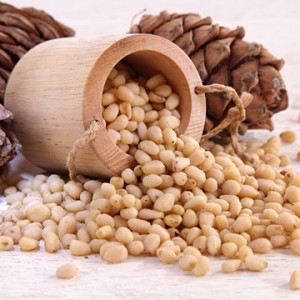
The shelf life of unpeeled seeds depends on the storage conditions. ..:
- at temperatures from + 2 ° C to + 6 ° C (in the refrigerator), nuts can be stored for up to six months;
- at temperatures from -12 ° C to -18 ° C (in the freezer) – up to a year.
Cooking application
Pine nuts are highly regarded in cooking for their spicy coniferous flavor. Whole peeled kernels are often added both to main courses (pilaf, cereals) and to vegetable and fruit salads, desserts, creams, ice cream. They are eaten with muesli, cottage cheese, honey.
Green salad with beets and pine nuts
To prepare this dish, we need boiled beets, a bunch of arugula, lettuce, a handful of pine nuts, one tablespoon each of honey and unrefined olive oil, one teaspoon of French mustard with grains.
Cut the boiled beets into strips, tear the salad by hand, divide the arugula into leaves. For dressing, mix olive oil, mustard and honey until a homogeneous consistency is obtained. Pour the dressing over the vegetables, sprinkle with Siberian cedar seeds on top.
To make the nuts not only tasty, but also healthy, they should be eaten only raw, and they should be added to dishes only after their preparation. Heat treatment not only reduces the beneficial properties of this Siberian product, but also leads to the appearance of carcinogens harmful to human health.
Conclusion
Seeds from pine cones (pine nuts) are a source of healing substances: fats, proteins, carbohydrates, vitamins and minerals. The balanced chemical composition of nuts is successfully used in folk medicine for the treatment of pathologies: the digestive tract, nervous system, heart and blood vessels, endocrine organs, genitourinary system, bones and joints, skin and its appendages (nails, hair).
In cooking, pine nuts add a spicy taste to second courses, snacks, and confectionery. However, these kernels must not be subjected to heat treatment, otherwise they will turn from a useful product into a hazardous product.
Buying and storing nuts in large quantities is not worth it: they quickly deteriorate. To extend the shelf life, they must be stored in a refrigerator or freezer.
Sources of


